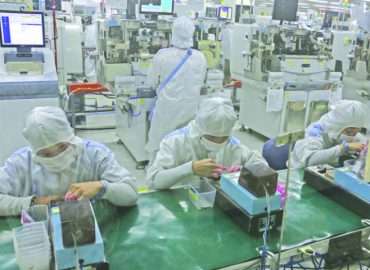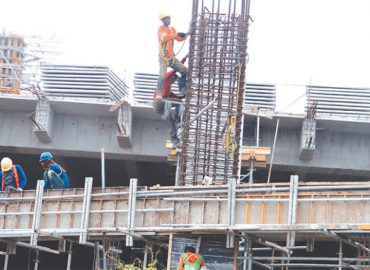By Cai Ordinario, March 12 2019; Business Mirror
Image Credit to UN Office of Drugs and Crime
The surge in methamphetamine hydrochloride, also known as shabu or meth, production in East and Southeast Asia could indicate an oversupply of drugs in the region, according to the latest report released by the United Nations Office on Drugs and Crime (UNODC).
In a report, titled “Synthetic Drugs in East and South-East Asia: Trends and Patterns of Amphetamine-type Stimulants and New Psychoactive Substances,” at least 116 tons of shabu were seized in the region in 2018, a three-fold increase over 2013.
UNODC estimated that when all of the data for 2018 are available from countries in the region the total amount could be higher and lead to a substantial increase compared to the 82 tons reported in 2017.
“Data on seizures, prices, use and treatment all point to continuing expansion of the methamphetamine market in East and Southeast Asia,” said Tun Nay Soe, UNODC Inter-regional Programme Coordinator.
“Seizures of methamphetamine in 2018 were once again a record, yet street prices of the drug decreased in many parts of the region, indicating very high and increasing levels of availability.”
The report stated that the scale of the increase in seizures has been significant across the region, but in particular in countries of the Mekong.
In Thailand, some 515 million methamphetamine tablets were seized in 2018. This was 17 times the total amount of the drugs seized a decade ago.
Aside from China, annual seizures of methamphetamine in other countries also reached historic highs in 2018.
Niyom Termsrisuk, secretary-general of the Office of Narcotics Control Board (ONCB) of Thailand, said in a news statement that they will be discussing solutions with regional leaders when they host the Mekong MOU on Drug Control Ministerial Meeting in June of this year.
“Volumes of methamphetamine and other synthetic drugs originating from the Golden Triangle to Thailand have reached unprecedented levels,” Termsrisuk said. “Large amounts of synthetic drugs have been trafficked to neighboring countries in the region, but also further. The challenge is growing, and it is critical we work with UNODC and the region to curtail flows of precursor chemicals that are being used to produce methamphetamine and other synthetic drugs.”
UNODC Regional Representative for Southeast Asia and the Pacific Jeremy Douglas said that apart from an increase in seizures of methamphetamine, synthetic opioids and other drugs have also been found across the region.
The UNODC found that there is a wide range of new psychoactive substances (NPS) that have emerged in East and Southeast Asia.
By 2018, a total of 434 NPS were detected in the region, including potent synthetic opioids such as fentanyl and its analogues. The emergence of NPS is a significant challenge for national authorities and people in the region.
“National leadership and authorities are starting to come to terms with how profoundly synthetics are changing the drug market, and we hope they use the coming Mekong Ministerial Meeting in Bangkok and Asean leadership meetings to reflect on the situation and their strategy – this is not business as usual, and it is past time to change the response,” Douglas said.
UNODC works closely with countries in the region to monitor drug trends and provide expert advice on detection, investigation and public health responses, and importantly to create space for countries to collaborate and respond together.


